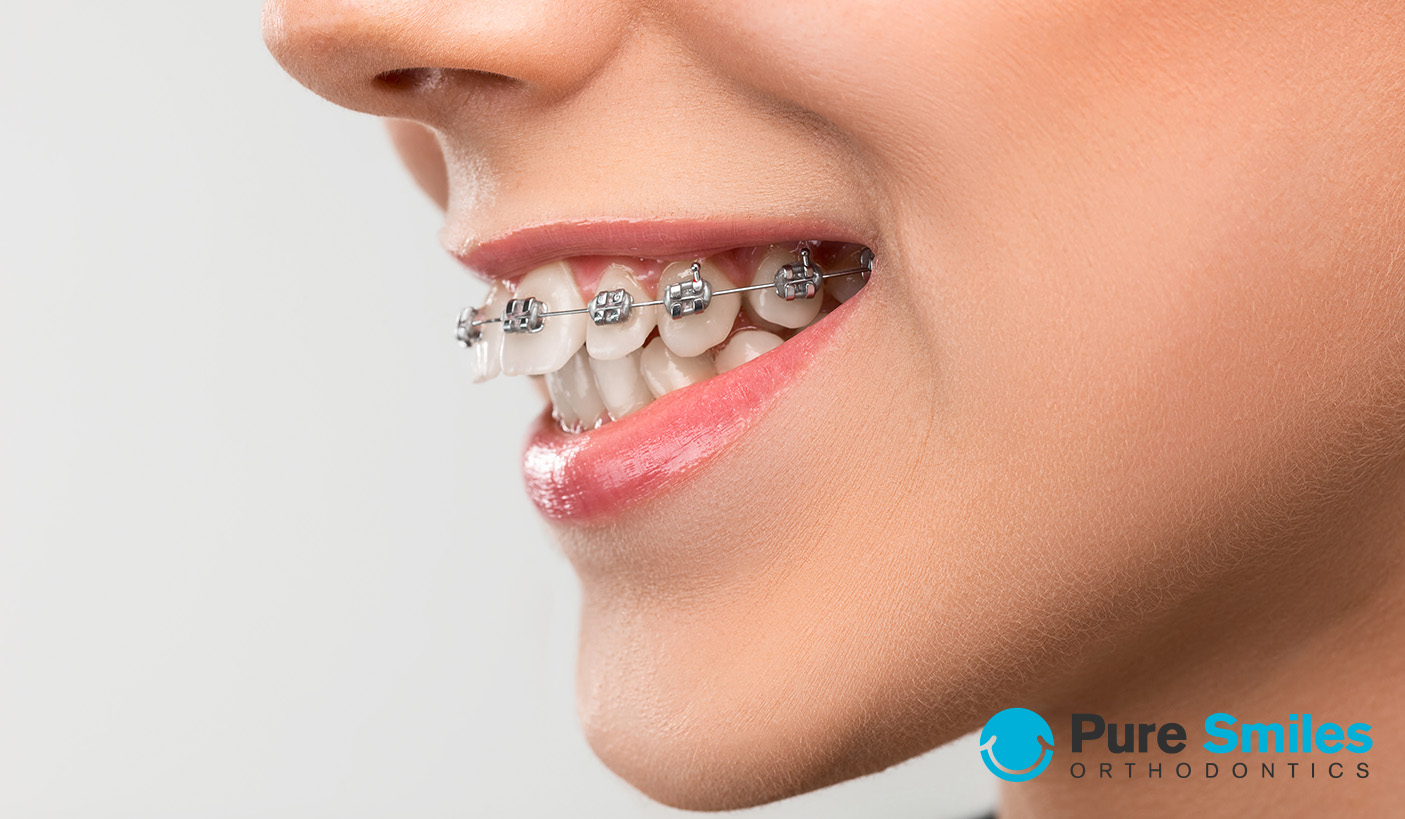
Braces to Correct an Overbite Explained
Austin, TX – A confident smile can open doors, but for some, an overbite can overshadow the beauty of their grin. An overbite occurs when the upper front teeth overlap significantly with the lower front teeth, affecting both aesthetics and oral health. Fortunately, braces have emerged as a transformative solution, guiding countless individuals on a journey to a straighter, more radiant smile.
Before delving into the world of braces, it’s essential understand overbites. Beyond the aesthetic concerns, an untreated overbite can lead to various issues, such as difficulty in chewing, speech impediments, and even jaw pain. Genetics often play a role, but environmental factors like childhood habits (thumb-sucking, prolonged pacifier use) can contribute to the development of an overbite.
Braces have been instrumental in correcting a myriad of dental issues, including overbites. The journey with braces begins with a comprehensive orthodontic assessment. X-rays, impressions, and digital scans give the orthodontist a detailed map of the patient’s dental landscape, allowing for a tailored treatment plan.
Types of Braces for Overbites:
1. Traditional Braces:
Time-tested and effective, traditional braces consist of metal brackets bonded to each tooth, connected by wires. Adjustments are made periodically to gradually shift the teeth into the desired position.
2. Ceramic Braces:
For those seeking a more discreet option, ceramic braces feature tooth-colored or clear brackets that blend seamlessly with the natural tooth color. While offering a level of aesthetics, they function similarly to traditional braces.
3. Invisalign:
Embracing technological advancements, Invisalign has gained popularity for its clear aligners that are virtually invisible. Custom-made for each patient, these aligners gently move teeth over time. They are removable, making oral hygiene easier and allowing for more flexibility in eating habits.
Embarking on the braces journey for an overbite requires patience and commitment. Regular check-ups with the orthodontist ensure that the treatment plan is progressing as intended. Adjustments to the braces are made to keep the teeth moving steadily toward alignment.
Wearing braces comes with its challenges, both physical and emotional. Discomfort and soreness after adjustments are common, but these temporary inconveniences pave the way for lasting improvement. Additionally, the visible nature of braces can sometimes impact self-esteem, but the end goal of a confident, beautiful smile often serves as motivation.
As the treatment progresses, the transformation becomes evident. The overbite gradually diminishes, and the teeth fall into a harmonious alignment. The braces come off to reveal a radiant, straightened smile that goes beyond cosmetic enhancements – it’s a testament to the commitment to oral health and well-being.
Braces for overbites are not just about correcting misaligned teeth; they are about restoring confidence and unlocking the full potential of a smile. The journey may have its challenges, but the rewards are immeasurable – a lifetime of improved oral health and a beaming, beautiful grin.
